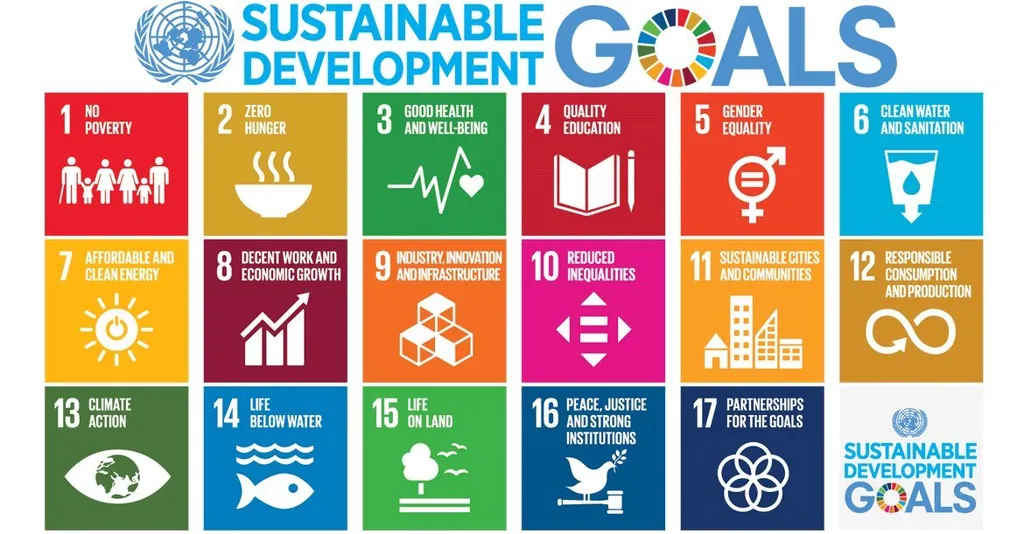The UN Sustainable Development Goals (SDGs) stand as the world’s shared blueprint for ending poverty, protecting the planet, and ensuring prosperity for all by 2030. Adopted by all 193 UN member states in 2015, these goals translate broad ambitions into 17 measurable objectives, 169 targets, and hundreds of indicators. They are universal, applying to high-, middle-, and low-income countries, and integrated, as progress on one goal often hinges on progress in others. The SDGs have become the organizing framework for governments, investors, civil society, and businesses aiming to align their actions and track measurable outcomes.
The SDGs evolved from a lengthy process of global negotiation and learning from earlier international development agendas, notably the Millennium Development Goals (MDGs, 2000–2015). The MDGs drove significant improvements in child mortality, primary education, and extreme poverty reduction but also revealed gaps in inclusiveness, environmental sustainability, inequality, and governance. Following the MDGs’ expiration in 2015, UN member states negotiated a more ambitious, universal agenda. The resulting “Transforming our world: the 2030 Agenda for Sustainable Development” was adopted on 25 September 2015 as UN General Assembly Resolution A/RES/70/1. This document formalized the 17 SDGs, 169 targets, and a commitment to “leave no one behind.” The agenda is both aspirational and operational, expecting countries to adapt and implement it through national policies, budgets, and partnerships.
Since the adoption of the 2030 Agenda, tracking and reporting systems have been established, led by the United Nations Statistical Commission and UN agencies. These systems enable policymakers and citizens to measure progress and identify where country-level or global course corrections are needed. Independent trackers, such as the Sustainable Development Report (SDG Index) and the UN’s annual SDG Reports, provide data-driven snapshots of global progress.
The SDGs are structured into 17 goals, 169 targets, and hundreds of indicators. This three-tier structure fosters both political ambition and technical precision. Goals provide political direction, targets make objectives specific and time-bound, and indicators enable data-driven monitoring. The SDG framework recognizes that achieving the goals requires action across social, economic, and environmental dimensions simultaneously.
The 17 Sustainable Development Goals represent a comprehensive roadmap for addressing the world’s most pressing social, economic, and environmental challenges. Each goal focuses on a specific area, ranging from eradicating poverty and hunger to promoting gender equality, sustainable cities, and climate action. Together, they form an interconnected framework that drives progress toward a fairer, healthier, and more sustainable planet.
Goal 1 – No Poverty aims to end poverty in all its forms everywhere. This goal targets both extreme poverty and multidimensional poverty, ensuring access to basic services, income support, social protection systems, and resilience against shocks such as natural disasters, health crises, and conflict.
Goal 2 – Zero Hunger seeks to end hunger, achieve food security and improved nutrition, and promote sustainable agriculture. It emphasizes accessible, nutritious food, resilient food systems, and support for small-scale farmers.
Goal 3 – Good Health and Well-Being aims to ensure healthy lives and promote well-being for all ages. Targets include reducing maternal and child mortality, ending epidemics (HIV, TB, malaria), achieving universal health coverage, and strengthening health systems and emergency preparedness.
Goal 4 – Quality Education focuses on ensuring inclusive, equitable, and quality education and promoting lifelong learning opportunities. Key areas include universal primary and secondary education, equal access to vocational training and higher education, and improving learning outcomes.
Goal 5 – Gender Equality aims to achieve gender equality and empower all women and girls. This includes ending discrimination and violence, ensuring equal participation in leadership and the economy, and securing reproductive rights and access to services.
Goal 6 – Clean Water and Sanitation seeks to ensure the availability and sustainable management of water and sanitation for all. This includes water quality, wastewater treatment, and equitable access to safe drinking water and sanitation facilities.
Goal 7 – Affordable and Clean Energy aims to ensure access to affordable, reliable, sustainable, and modern energy for all. This covers expanding renewable energy, improving energy efficiency, and ensuring energy access for underserved populations.
Goal 8 – Decent Work and Economic Growth focuses on promoting sustained, inclusive, and sustainable economic growth, full and productive employment, and decent work for all. This goal emphasizes job creation, labor rights, safe working environments, and economic productivity.
Goal 9 – Industry, Innovation, and Infrastructure aims to build resilient infrastructure, promote inclusive and sustainable industrialization, and foster innovation. It recognizes that infrastructure and industrial capacity are essential for economic growth and technological progress.

